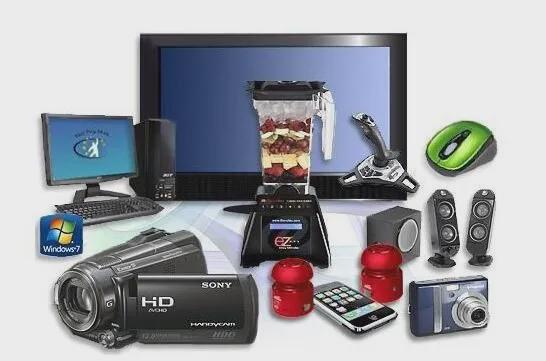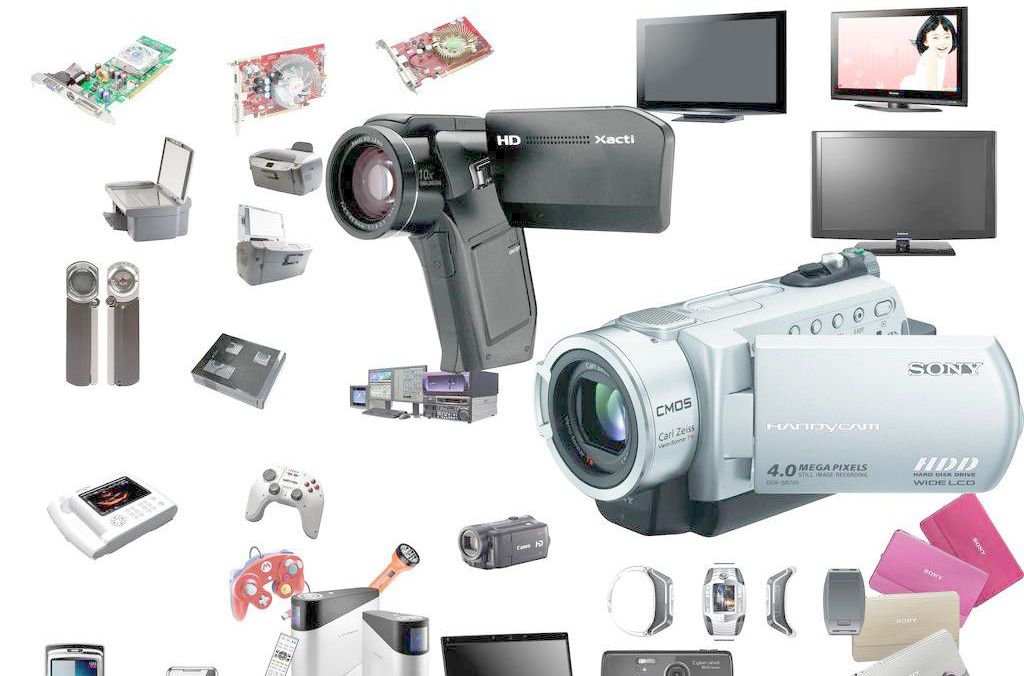What are the reliability testing items for electronic products?
Date:2024-07-09 16:00:00 Views:1320
The reliability testing projects of electronic products mainly include the following categories:
Climate environment testing: Evaluate the performance of electronic products under different climate conditions, including environmental factors such as high temperature, low temperature, humidity, rainfall, and sunlight. These tests can ensure that the product can operate normally under various climatic conditions and improve weak links.
Mechanical environment testing: Testing the performance of electronic products under mechanical stress, such as vibration, impact, centrifugation, etc. These tests can simulate the mechanical environment that the product may encounter in actual use to evaluate the stability and reliability of the product structure.
Electrical performance testing: Testing the electrical performance of electronic products, including power adaptability, voltage fluctuations, insulation resistance, electromagnetic compatibility, etc. These tests can ensure that the product can operate normally under various power supply conditions and comply with relevant electrical performance standards.

Lifetime testing: Evaluate the lifespan and reliability of a product by simulating its load and environmental conditions during actual use. These tests can detect the differences in product lifespan under different usage conditions, in order to timely improve product design and production processes.
Failure analysis: Conduct in-depth analysis of failed electronic products to identify the causes and mechanisms of failure. These analyses can be conducted through visual inspection, circuit testing, chip level testing, and other methods of failed products, in order to identify the root cause of the problem and develop corresponding improvement measures.
Environmental stress screening: By applying environmental stresses such as temperature, humidity, mechanical stress, etc., defective products or potential early faults are detected and eliminated. These screenings can ensure that the final delivered product has high quality and reliability.
Reliability assessment: A comprehensive evaluation of the reliability of electronic products, including indicators such as product failure rate, mean time between failures, and average time to repair. These evaluations can measure the reliability and stability of the product in order to better meet the needs of users.

Security testing: Ensure the safety performance of electronic products under abnormal conditions, such as overvoltage, overcurrent, short circuit, etc. These tests can protect the safety of products and users, and prevent accidents from occurring.
Electromagnetic compatibility testing: detects whether electronic products generate electromagnetic interference to the surrounding environment during actual use, and whether they are affected by the surrounding electromagnetic environment. These tests can ensure the compatibility and stability of the product in electromagnetic environments.
In summary, there are various reliability testing projects for electronic products, aimed at comprehensively evaluating the performance and quality of the products. By implementing and analyzing these testing projects, potential problems and weak links of the product can be identified, and improvement measures can be taken in a timely manner to improve the reliability and stability of the product.




 Weixin Service
Weixin Service

 DouYin
DouYin
 KuaiShou
KuaiShou





















